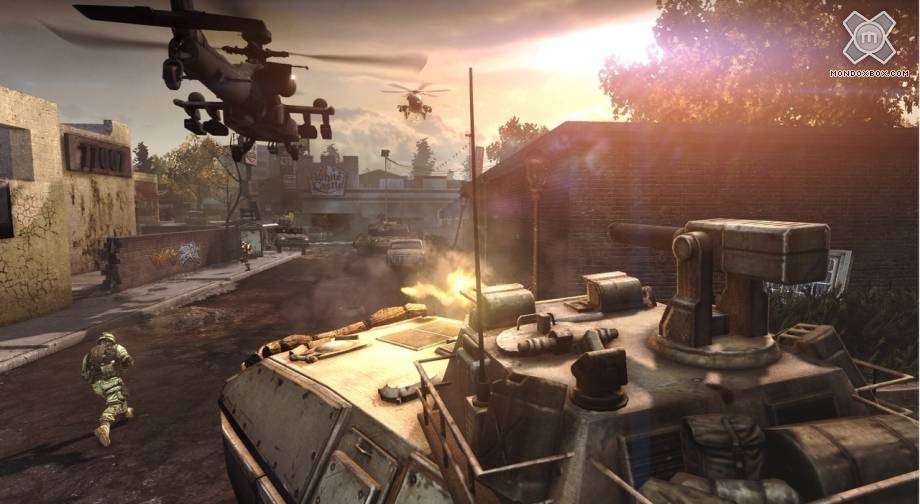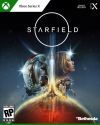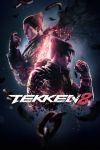LIVE NOW!
Homefront: intervista con gli sviluppatori

Xbox Community Network ci ha fornito una nuova intervista, questa volta con Rex Dickson e Rich Carillo di Kaos Studios che ci parlano del nuovo Homefront. Ve la proponiamo di seguito, in inglese.
1. What would you say are the main features distinguishing Homefront's single player campaign from other modern FPSes?
Rex: The one thing that really sets Homefront apart in singleplayer is in its depiction of the human cost of violence. Real human responses to warfare drives a heavy dose of emotion in the game, and this is really what sets it apart and makes it so unique. The game is chock full of memorable moments that will stick with you long after you finish the game. The themes are dark, mature and emotional and that’s what ultimately makes the game so unique, compelling and different from anything else on the market right now.
2. And what about the multiplayer? What do you think will keep people playing Homefront rather than the usual bunch of most successful online shooters?
Richard: From day one we knew that multiplayer needed to be a strong focus for any FPS product coming out of this studio; partially because of the heritage of the talent here, and partially because online gaming is such a flourishing segment of the market. Homefront will bring what we do best – epic, large scale multiplayer with a mixture of infantry and vehicles, which includes up to 32 players on a map and dedicated servers for all platforms. Our in-game economy Battle Points and game mode Battle Commander are reinvigorating the multiplayer space and really appeal to core FPS online gamers out there.
3. Can you explain us how will the Online Pass exactly work? We heard that people will be able to play online without it, too: is it right?
Richard: That’s correct. The “Battle Code” (Online Pass), which you receive in the retail package, allows players access to our complete multiplayer game. If a consumer purchases Homefront second-hand, they can play up to level 5. However, they can purchase a Battle Code from Xbox Live Marketplace to gain full access to the MP experience. The reason is we built a massive network of dedicated servers that aren’t inexpensive to setup and maintain, but they truly do give the best and most fair, MP experience.
4. How's your experience been with John Milius as a writer? Do you feel that, thanks to him, Homefront sports a deeper and more compelling story compared to other similar games?
Rex: No question. John brings 35 plus years of story-telling experience to Homefront. From Apocalypse Now to Red Dawn, he’s written absolute classics. . His main role has been contributing to and writing our singleplayer story outline. He’s also guided us in key creative decisions such as avoiding the “save the entire country yourself” plot line, and focusing on a smaller, human story; it’s so much more identifiable this way. He also contributed game ideas such as the resistance tactics used in the Big Box store assault (shown in our E3 2010 demo), and the van playing Elvis music as it rolls in.
5. What about environments variety? So far we've mainly seen outdoor suburbs-like environments: will the game provide other kinds of settings too?
Rex: The single player campaign is predominantly set outdoors and starts in the town of Montrose, Colorado. Given the Korean occupation, we take players through once thriving suburbs, into schools, baseball fields, some very familiar places that have been twisted. From there we head west through Utah and into California and specifically San Francisco and the Golden Gate Bridge, which was just awesome to build.
6. How does the Battle Points system work in multiplayer? Do they reset after death?
Richard: Battle Points represents our in-game currency that players earn and use within a single match. They can purchase everything from a flak jacket to RPG’s to an Apache helicopter, so as you can imagine, your purchases can really affect the outcome of the battle. You’ll definitely want to spend them in match though as they cannot be carried to the next match.
7. What kind of multiplayer modes are in Homefront?
Richard: We have Team Deathmatch for up to 24 players, Ground Control which is an objective-based game for up to 32 players. Our real game-changer though is Battle Commander, which is combined with either TDM or GC. In Battle Commander, each side is assigned an AI Commander who rewards players on his team with buffs when they get on streaks. In opposition, the other AI Commander will recognize this player and assign hunters to take him out. As the player gets on longer streaks, his star-count escalates (up to 5) and more and more hunters are assigned. It’s a really cool dynamic that gives notoriety to good players and allows even noobs to take down a high priority target.
8. With Xbox LIVE expanding into new regions at the end of last year, including Brazil, Russia and South Africa, how have you gone about making sure gamers from all points of the globe get the best experience out of the multiplayer?
Richard: We have a network of dedicated servers to give the best possible experience to players on a global basis. While we do support listen servers (meaning a player hosts a game), dedicated servers really even the playing field for all so there is no “host advantage” plus we can go up to 32 players on the battlefield.
9. How have you balanced the multiplayer, has this been an easy process.
Richard: Through loads and loads of testing! It’s definitely not an easy process given the number of weapons, drones, gear and vehicles with large player counts, so we conduct daily playtests at Kaos.
10. What lessons did you learn from Frontlines that have been applied to Homefront.
Richard: A good portion of the MP team worked on Frontlines and naturally carried quite a few learnings. From map design to play balancing and of course, the use of drones and vehicles.
11. There are a few games that have touched on a similar theme (Turning Point being one of them), how well do you think this fantasy scenario will resonate with gamers. What differences in story can we expect compared to other games that have a similar theme of invasion?
Rex: The one thing that really sets Homefront apart in singleplayer is in its depiction of the human cost of violence. Real human responses to warfare drives a heavy dose of emotion in the game, and this is really what sets it apart and makes it so unique. It’s not simply an invasion game. The story picks up two years into the occupation so we’re not looking to fight off an invading army, that’s just a military scenario and has been done already. The game is chock full of memorable moments that will stick with you long after you finish the game. The themes are dark, mature and emotional and that’s what ultimately makes the game so unique, compelling and different from anything else on the market right now.
12. How accessible will the story be to non US residents do you think US gamers will gain more from what you're offering?
Rex: We’re striving less for patriotism and more for a feeling of sympathy for the plight of innocents caught in war. There are universal themes in our game that all humans react to on a very visceral level – babies and children caught in the crossfire, or a home stolen and turned into a prison. A loss of your identity under a brutal occupation. These are things that we share outside of being American or Brazilian – we’re all humans.
13. Why choose Korea as an opposing invading force, how well do you think this will resonate with Korean gamers for example? Do you think the mindset will be similar to how Germans accept and play WWII games?
Rex: The North Korean government has been publically vehement toward the West since the Korean War, so we’re not inventing anything new in this regard which made them a natural adversary for the game. It’s simply a stepping stone that a fictional scenario has been extrapolated from, and it has not been designed to cast the Korean public in a negative light. The game focuses on a military occupation: professional soldiers following orders that come from within a fictional alliance (the Greater Korean Republic) that is made up of Korea, Japan, and numerous other south-east Asian countries. We’ve heard both positive and negative reaction from Korean-Americans on our premise, but that’s really no different than the general public.
 Offerte in evidenza
Offerte in evidenza
-
€ 24.99 invece di 71.00
-
€ 36.90 invece di 81.99
-
€ 35.72 invece di 74.99
-
€ 39.98 invece di 79.99
-
€ 46.00 invece di 80.99
-
€ 40.99 invece di 70.99
-
€ 52.99 invece di 79.99
-
€ 34.90 invece di 49.90
-
€ 54.22 invece di 74.39
-
€ 23.59 invece di 32.26





 Offerte in evidenza
Offerte in evidenza











Commenti